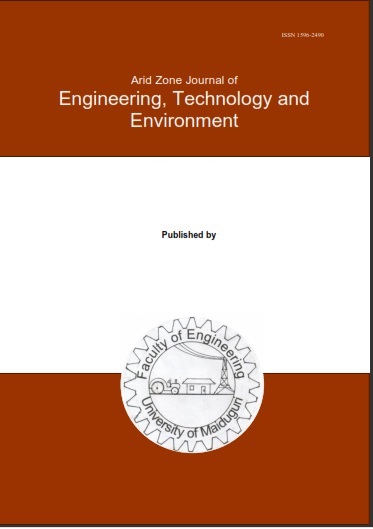Abstract
Underwater Wireless Sensor Networks (UWSNs) rely on small, energy-constrained sensors deployed at varying sea depths for applications such as surveillance, environmental monitoring, and data collection. However, high energy consumption and end-to-end delay, exacerbated by dynamic depth and turbidity variations, significantly impact communication efficiency. Existing protocols, such as the Neighboring-Based Energy-Efficient Routing Protocol (NBEER), attempt to optimize energy usage but fail to adapt to these environmental changes, leading to reduced network performance. To address this, an Improved Energy-Based Efficient Routing Protocol (IEBERP) was developed, integrating a Distributed Underwater Clustering Scheme (DUCS) for efficient cluster formation and a Strata Adaptation Scheme (SAS) to dynamically reassign displaced nodes to the nearest cluster head (CH) after depth or turbidity changes. The protocol was simulated in MATLAB (R2024b), and results showed significant performance improvements over NBEER, achieving 9.68 TEC, 81.45 PDR, 46.42 E2ED, 234 NAN, and 35,191 NPR, compared to NBEER’s 12.60 TEC, 78.50 PDR, 53.00 E2ED, 198.30 NAN, and 22,500 NPR. These results highlight IEBERP’s enhanced energy management and adaptive clustering, leading to improved routing efficiency, reduced latency, and higher packet delivery rates. This makes IEBERP a promising solution for reliable and energy-efficient communication in dynamic underwater environments.

This work is licensed under a Creative Commons Attribution-NonCommercial-NoDerivatives 4.0 International License.
Copyright (c) 2025 ARID ZONE JOURNAL OF ENGINEERING, TECHNOLOGY AND ENVIRONMENT

